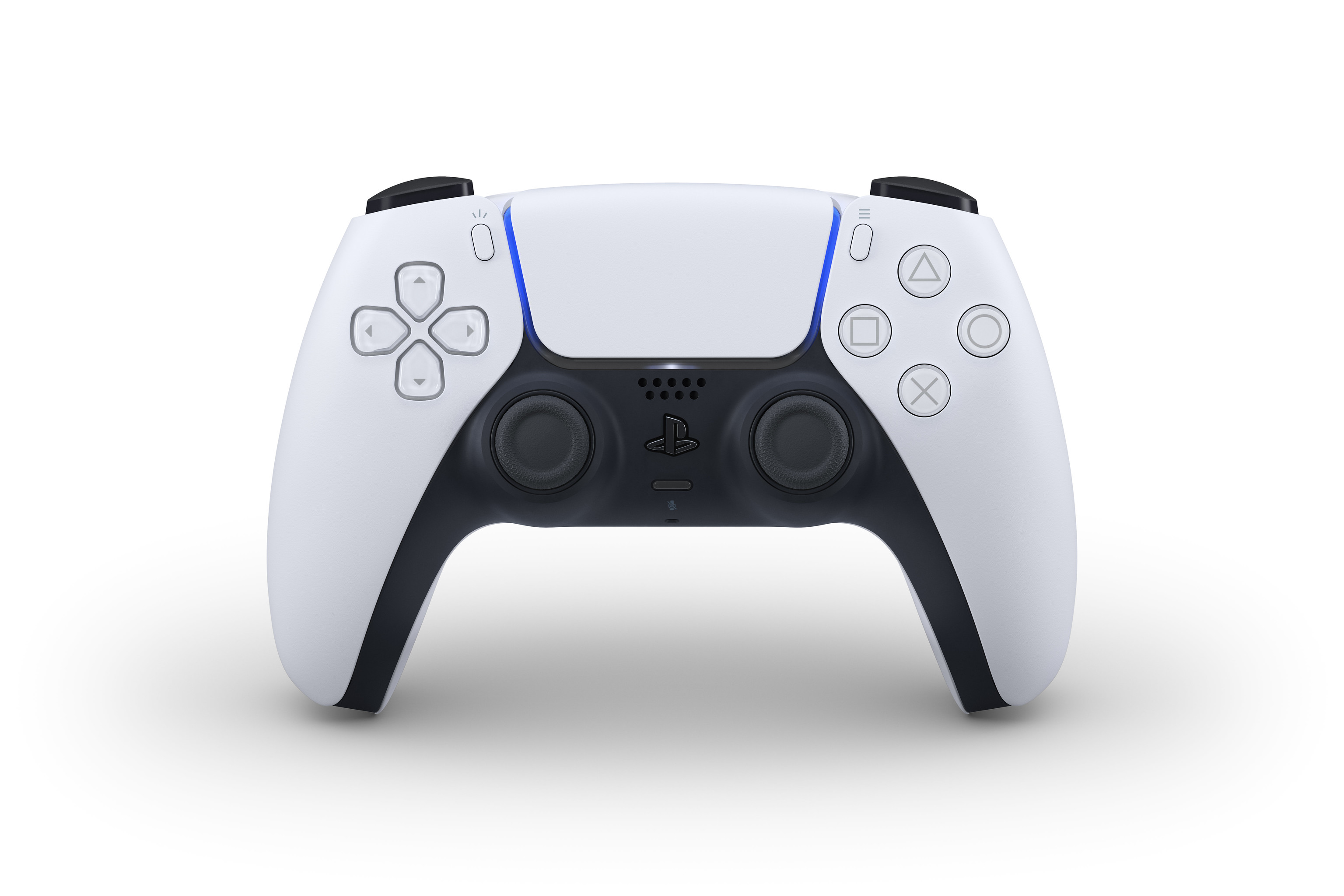Last night Sony posted a blog entry showing off the new controller for the PlayStation 5. I covered that in the previous article, but at the end of that entry mentioned that the visual style of this controller may give us a clue as to what the PlayStation 5 console itself may actually look like. This has been an interesting point of discussion among the hype-obsessed gaming masses for reasons I can’t quite grasp but still wish to contribute my thoughts to, if only for the hits such articles bring.
Sony, as of the writing of this entry, still hasn’t shown hide nor hair of the actual PlayStation 5 console design. I attest that this was because the design still wasn’t finalized, and Sony is now finally getting around to deciding what to release — this possibly coming in a bit of a “rush” decision thanks to Microsoft jumping the gun months ago by showing off the Xbox Series X. This is only speculation of course, but if Sony had a design to show, why didn’t they when that happened?

Many are speculating that the system will look like the (supposed) developer systems, something that wouldn’t match the traditional PlayStation design standards which have been in place for the past 20 years, nor would even be a practical console design in and of itself — this is a proposition I completely debunk in my entry “No, The PlayStation 5 Is Not Going To Look Like This” which I strongly suggest you read, especially if you really think it’s going to look like the developer systems.
This leads to the point of this article: What does the design of the PlayStation 5 “DualSense” controller tell us about the system itself? Quite a bit, possibly, more than many may realize. Remember one key principle of design — everything needs to work together. That generally means a common style and theme for every “part” of something — controllers match the design of the consoles, for example. NES controller matched the console, SNES matches the console, PS1, PS2, all matched, the Xbox controller family matched in style, even changing colors when the system color for the 360 changed from off white to black, there’s an established pattern here that’s not just coincidence — it’s a fundamental rule of design.

First things first, the color scheme — this white paneling on black base may well be the color scheme of the system as well. I’m imagining the core of the system being black, as it always have been, but the top and bottom panels being white, looking like they “float” over the dark core. Somewhat like the white 1215A model PlayStation 4’s, but with the black core more obvious. Honestly, as odd as I think the controller looks, I think this black on white design may look good, so long as the overall “feel” of the console is done properly.
Secondly, the curves. Much as the PlayStation 4 was angular, and its controller had a set of straight lines and a certain type of functional, rounded curve only where necessary, the PlayStation 5 controller and its more broad, constant set of curves may imply a more rounded design to the PlayStation 5 hardware. I still think it will likely be “flat” as far as the top and bottom go, but I’m imagining more sloping curves for the white panels more than the harsh angles that the various PlayStation 4 models have all had.
When you think of these two traits, something interesting happens — neither of these points exclude the “dev kit” design from being what the system winds up looking like. I still stand by my original entry that the system won’t look like that for the reasons stated in that article. Instead, I feel the system will follows a more curved variant of the later PS4 “slim” and PS4 Pro design, fitting with the above two points — curves instead of straight lines dominating, and a “white panel on black core” color scheme.
Could I be wrong? Of course! This is all just speculation, but its an educated speculation based on some fundamental principles of design. This isn’t just me saying “hey this is what it’s going to look like” with no evidence, this is a thought process explained and applied with minimal guesses made — notice there’s no render of what I think it will look like because there isn’t enough information to produce one. All one can safely do is say, based on the controller, some possible traits about the design and hopefully be proven correct when the actual device is shown. If I’m wrong, I’m wrong. If I’m correct, then it will prove that a reserved look at the facts, and some critical thought will always bring better results than over-hyped childish guessing and just outright making shit up.
